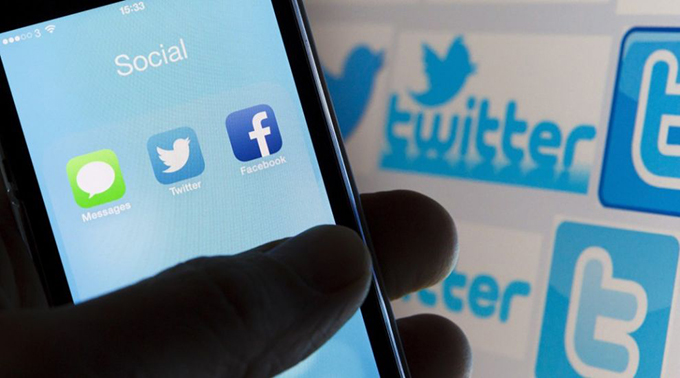
Teachers are very busy workers with tightly packed schedules and regular engagement in work outside regular hours (such as for preparing lessons and marking). They have less time for breaks and over 30% spend more than 50 hours a week on teaching activities.
On top of busy schedules, teachers are required to undertake professional development and learning to improve their teaching practices. Professional development can involve substantial time, planning, travel, conference costs, or attending a presentation or workshop.
The Australian Institute for Teaching and School Leadership (AITSL) specifies teachers are required to identify, plan, engage in and apply professional learning to improve their teaching and, subsequently, their students’ learning. Engaging in professional development has been earmarked by the OECD to be a major strategy to prevent teachers leaving the profession.
Teachers have reported needing avenues to enhance emotional support, resources and relationships to develop their resilience, identity and prevent isolation.
With hectic scheduling and constant teaching demands, teachers are turning to social media to meet these needs.
Teachers turning to Twitter
There is a growing trend of teachers using Twitter to connect to a global network of educators to share and solve a wide range of educational problems.
Rather than a one-off professional learning event (such as a conference), Twitter provides a low-cost, easy to access platform. It requires little effort beyond 280 character posts or photos to connect with a range of education professionals, leaders and organisations.
Twitter has become a significant resource for teachers to find, share, learn from and use information for the professional benefit of themselves and their students.
What does research tell us?
A survey of 755 teachers in the US asked how and why teachers are using Twitter. It found teachers valued Twitter’s personalised, immediate nature and the positive professional collaborations it can encourage. Teachers reported Twitter can be used to combat teaching isolation – a problem for many teachers that can result in burnout and/or teachers leaving the profession.
For many teachers, Twitter-based professional learning can be superior to more traditional methods. The reach of communication across the world is broad and teachers can easily select appropriate resources for themselves.
Some 324 teachers from 22 countries were surveyed via Twitter to determine their use of, access to, and perceptions of Twitter. It found teachers think Twitter can help build relationships with other teachers and help them self-direct their professional development by selecting resources for themselves based on their needs. Teachers described greater access to multiple conferences and online learning posts or discussions where they don’t have to be physically present.
Teachers are learning about the latest and best teaching practices, lesson plans, web resources, and innovative ideas for the classroom. Some even receive invitations to present at conferences or are given lucrative grants. Significant relationships have even been found between teachers’ professional use of Twitter and improved technology abilities.
Due to the convenient nature of Twitter, it could be assumed that teachers would only achieve surface-level learning. But analysis of 2,125 interactions show Twitter can also encourage a community of practice to support changes to teaching over time.
For example, the study highlights how Twitter has been used to develop teachers’ competence in using a specific teaching model – cooperative learning.
This was done by sharing how the model can be used, sharing valuable resources with teachers and providing continual feedback on the delivery of the teaching ideas. In turn, this developed sustained capabilities of a teaching department.
In another study of 160 teachers from the US, 90% of respondents said they were extremely likely to use Twitter for professional development in the following six months. Almost 70% reported their use of Twitter for professional learning would increase over the following school year.
There has even been a rolling Twitter conversation on game-based teaching. The conversation included teachers from 18 countries, lasted 12 hours, involved 12 posts per person with a reach of almost 120,000 people.
Other research of the Twitter hashtag #educattentats recognised 3,598 unique users and over 5,500 posts from across the world within 28 days.
Implications
Twitter provides a modern platform for teachers to share, network, gain emotional support, build professional learning communities and make a contribution to their profession.
Because Twitter-based professional development is self-directed, it can be used to connect to each teacher’s individual needs to fill gaps whenever they appear.
Twitter has even been recognised as a recommended form of professional development by a school leadership association in the US.
Twitter is providing a platform to offer school leaders further opportunities to develop their audiences and influences. At the same time, it provides a voice to teachers who can find it difficult to connect with others beyond the confines of the classroom.
Author Bio: Brendon Hyndman is a Senior Lecturer and Course Director of Postgraduate Studies in Education at Charles Sturt University